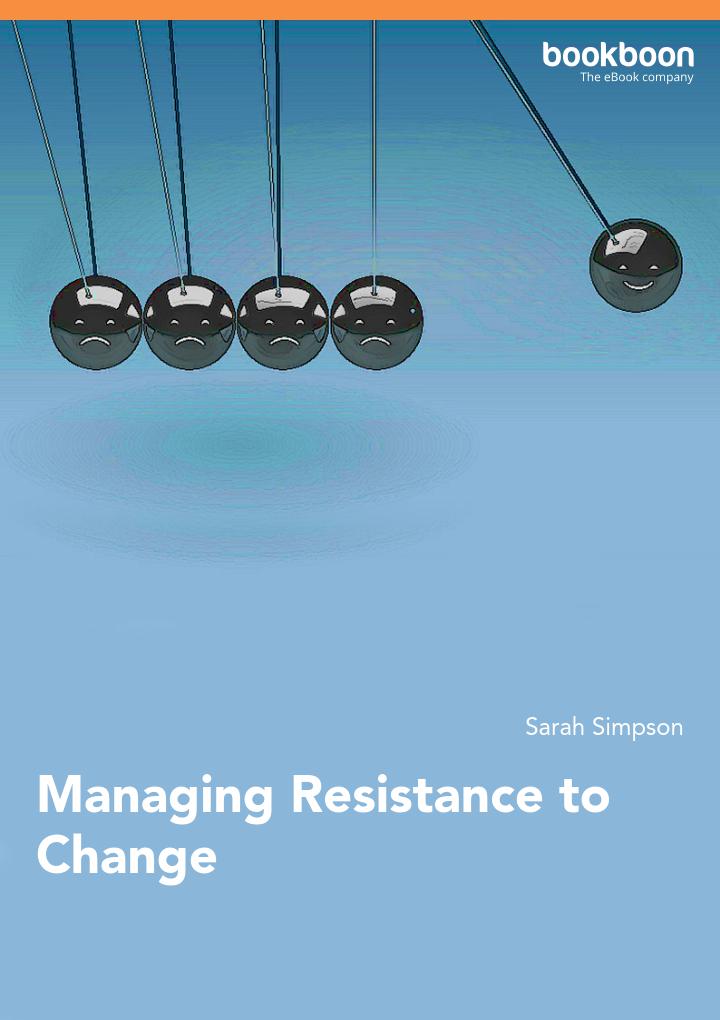3 myths about change in the workplace

Change is as much a part of the workplace as it is a part of life. As a leader, managing through change can be an overwhelming and difficult skill to master especially with all the misinformation about change management out there. Let’s debunk three common myths about change in the workplace.
70% of changes in the workplace fail
This is a widely reported statistic which, new research has discovered, isn’t true. In fact, 83% of workplace changes are successful on some level. When organisations focus on building strengths rather than fixating on fixing weaknesses, the change is far more likely to be perceived as positive and will thus be more well-received and ultimately successful.
Like articles about the workplace? Sign up for our weekly newsletter #WorkplaceWednesday to be first to access to the newest blogs.
The fast-paced speed of change is burning people out
The demands of the workplace are speeding up and this can cause concern for some employees that they will be left in  the dust. However, it is not the speed of change but how leaders approach and manage change that will deem how employees respond to it. No change will be easy, especially in today’s ever-changing workplaces. But if employees feel that there is help, support and communication from management through each stage of change, they are far less likely to feel worn down from the changes happening around them.
the dust. However, it is not the speed of change but how leaders approach and manage change that will deem how employees respond to it. No change will be easy, especially in today’s ever-changing workplaces. But if employees feel that there is help, support and communication from management through each stage of change, they are far less likely to feel worn down from the changes happening around them.
Read more on how to manage the 4 steps of change.
When it comes to successful change, leaders know best
It is not controlling leaders that bring the best change results. Instead, successful management of change comes down to the leaders who invite-and-inquire as they bring diverse voices into meaningful change conversations and give employees the freedom to self-organise and take action.
Managers should lead inclusive and meaningful conversations about the organisation’s hopes for the future as well as employees opinions on the work currently being done in the workplace. If employees feel they are part of the conversation and part of the future being invested in, the change is more likely to be successful and workers will have higher levels of well-being.




